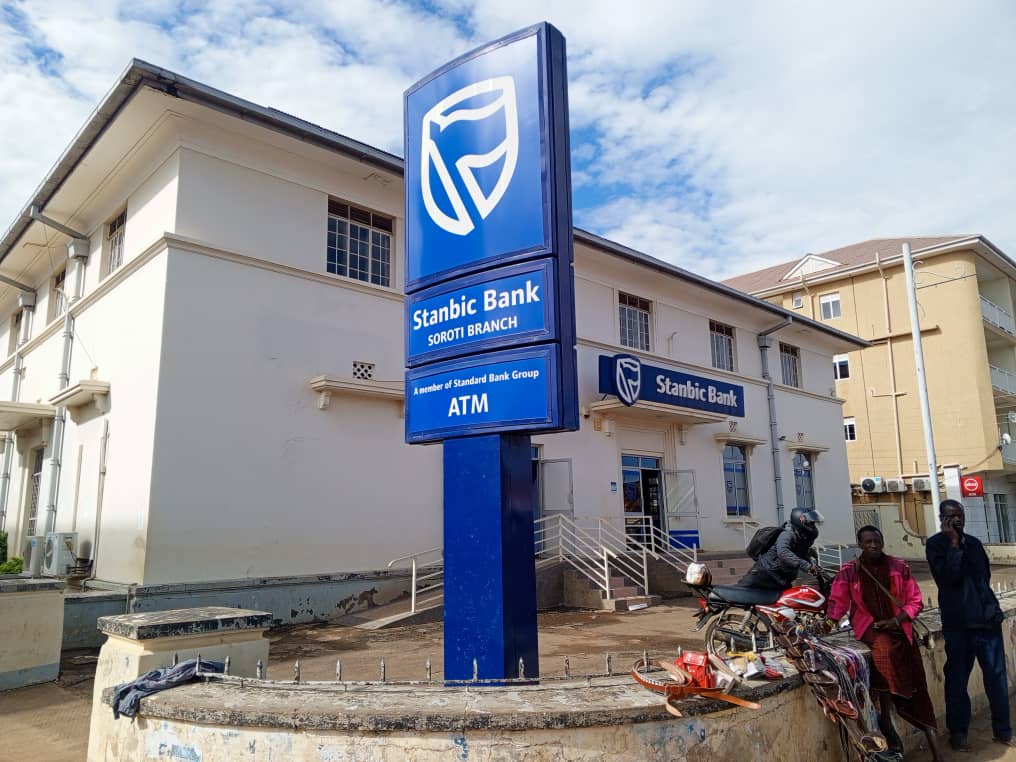
During October, Uganda’s private sector reported that improving customer demand fed through to increases in output and new orders, with employment and purchasing activity raised accordingly.
However, higher building material and fuel costs added to inflationary pressures, in turn feeding through to an increase in selling prices.
At 52.4, the October Stanbic Purchasing Managers’ Index (PMI) reading was below September’s 52.9, but broadly in line with the average 52.6 since the survey began in mid-2016.
Christopher Legilisho, Economist at Stanbic Bank said, “Uganda’s October PMI indicated a further improvement in private-sector activity, with both output and new orders rising for a fifteenth consecutive month due to solid client demand. Private-sector hiring increased for a seventh month running, with firms having hired more staff on permanent and temporary bases to handle increasing orders and purchasing activity as well as to reduce backlogs.”
The Stanbic Bank PMI is compiled by S&P Global from responses to questionnaires sent to purchasing managers in a panel of around 400 private sector companies. The sectors covered by the survey include agriculture, mining, manufacturing, construction, wholesale, retail and services.
Legilisho said, “Of the surveyed sectors, only the wholesale and retail sectors recorded a dip in employment, new orders and output. Still, business confidence is high across the sectors on the outlook for customer demand and output over the next 12 months. Indeed, Ugandan firms increased inventories and quantities purchased in line with robust customer demand. However, suppliers’ delivery times became protracted because of heavy rainfall that caused delivery delays. Indeed, the meteorological departments across the region had cautioned of El Niño conditions during the fourth quarter, with a likely negative impact on business conditions.”
He said besides the agricultural sector facing difficult terrain, a further downside was input and output prices rising in October due to higher costs for a range of products and services as well as higher staff costs. Businesses noted, for instance, higher costs for construction materials, fuel, and medicine.
October data pointed to another monthly increase in new orders as firms signaled greater customer numbers. New business has now risen in each of the past 15 months. As with business activity, the services and wholesale and retail sectors bucked the wider trend and posted reductions in new orders.
Ugandan companies continued to expand their staffing levels in response to higher new orders, with firms reporting a mix of permanent and temporary hires. Employment has now increased in each of the past seven months.
Purchasing activity was also up, inducing an accumulation of stocks of inputs, despite reports from some firms that items had been used to support growth of output.
Rising employment and higher purchasing meant that firms were able to keep on top of workloads, and depleted backlogs again in October.
Operating expenses increased on the back of higher purchase prices (often linked to fuel), wage bills and construction material costs. In turn, companies raised their own charges, thereby extending the current sequence of output price inflation to seven months.
Output is expected to increase over the coming year. The recent trend of improving customer numbers is projected to continue, feeding through to growth of new orders and business activity. More than 89% of respondents predicted a rise in output, against just one percent remained pessimistic.
Ugandan companies also reported a renewed expansion in new export orders during October, ending a two-month period of decline. New orders were distributed to a range of locations, according to respondents, including Europe, Kenya and the UAE.
